Optimal Timing for Concrete Retaining Walls
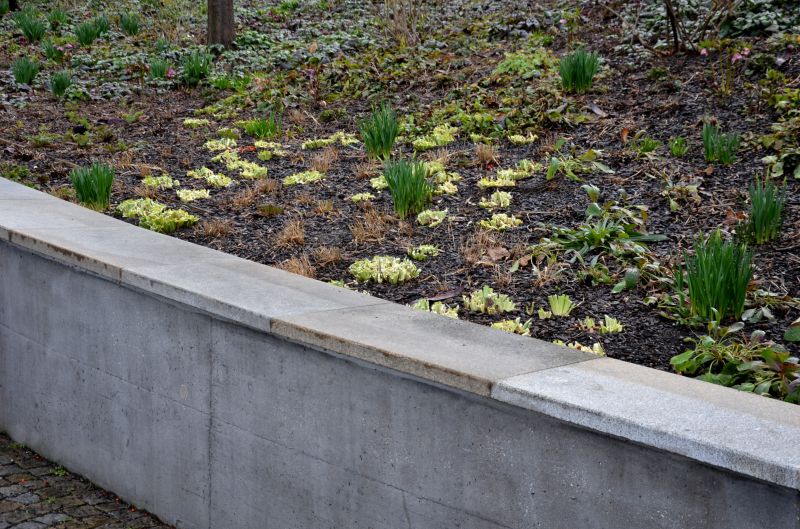
Spring offers moderate temperatures ideal for concrete work, reducing curing issues.
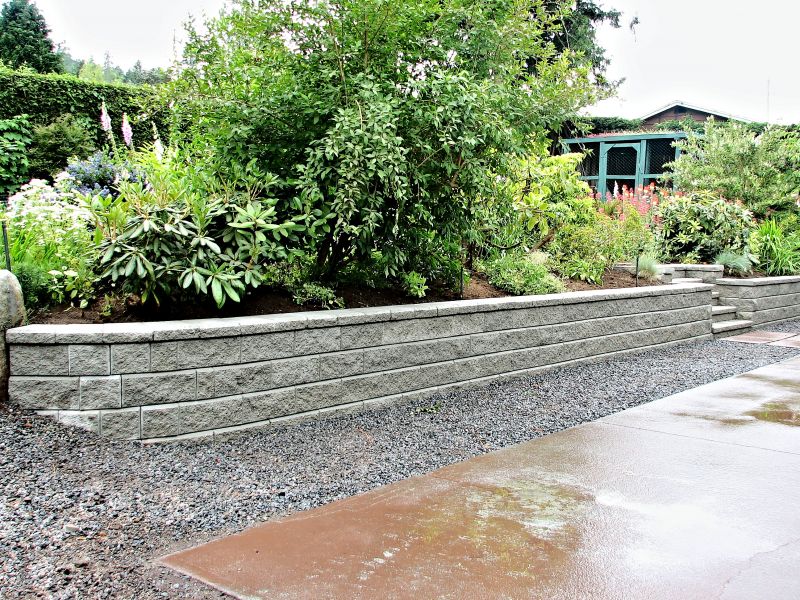
Early summer can be suitable if temperatures are controlled to prevent rapid drying.
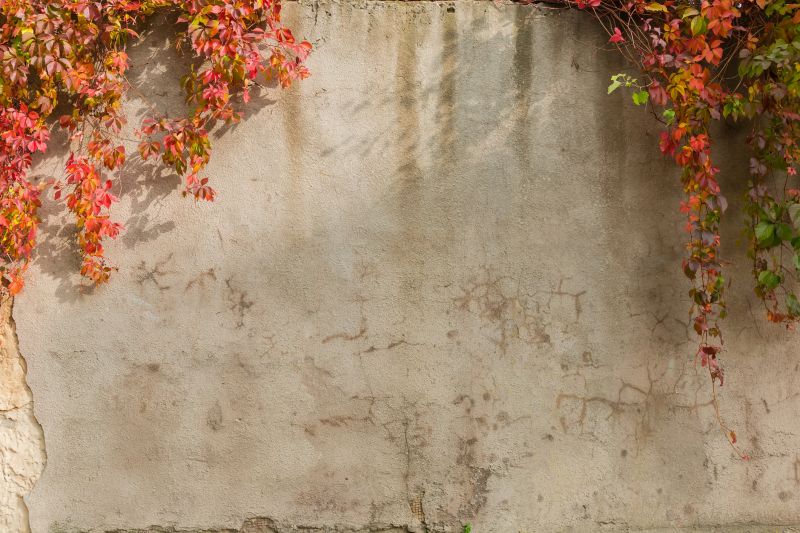
Fall provides cooler weather and stable conditions, ideal for setting and curing concrete.
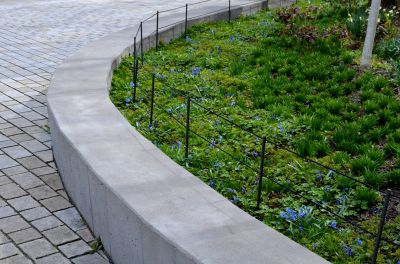
Ways to make Concrete Retaining Wallses work in tight or awkward layouts.
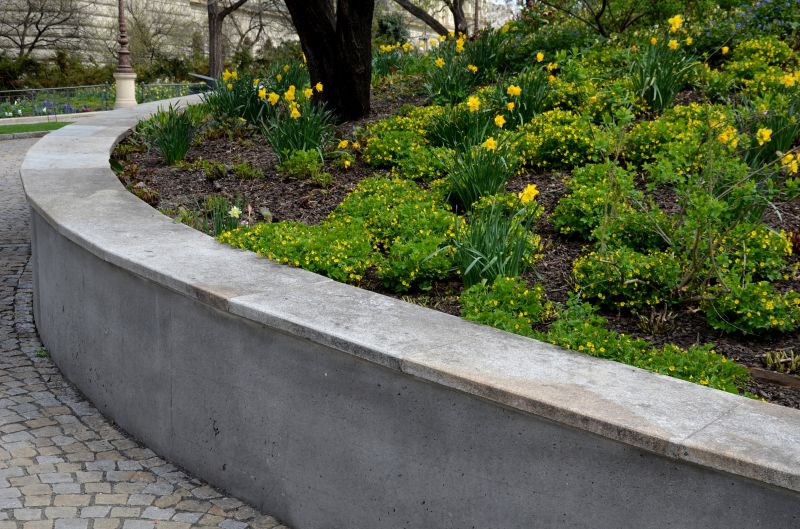
Popular materials for Concrete Retaining Wallses and why they hold up over time.

Simple add-ons that improve Concrete Retaining Wallses without blowing the budget.
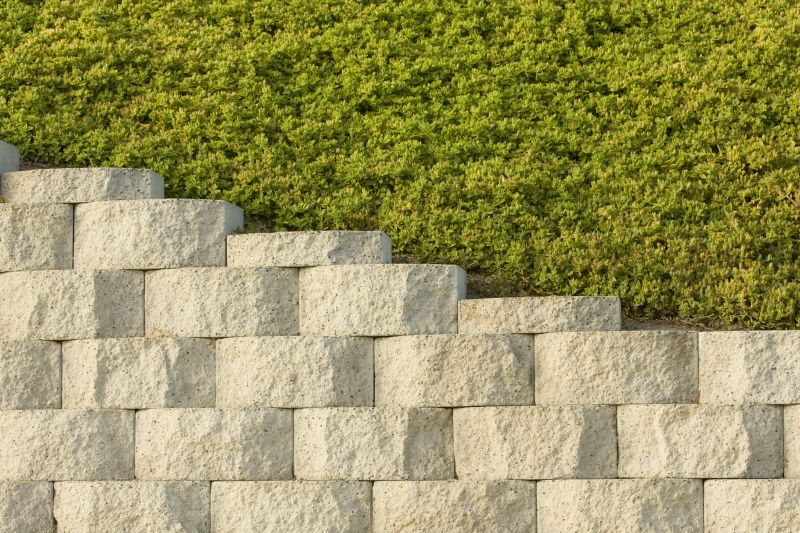
High-end options that actually feel worth it for Concrete Retaining Wallses.
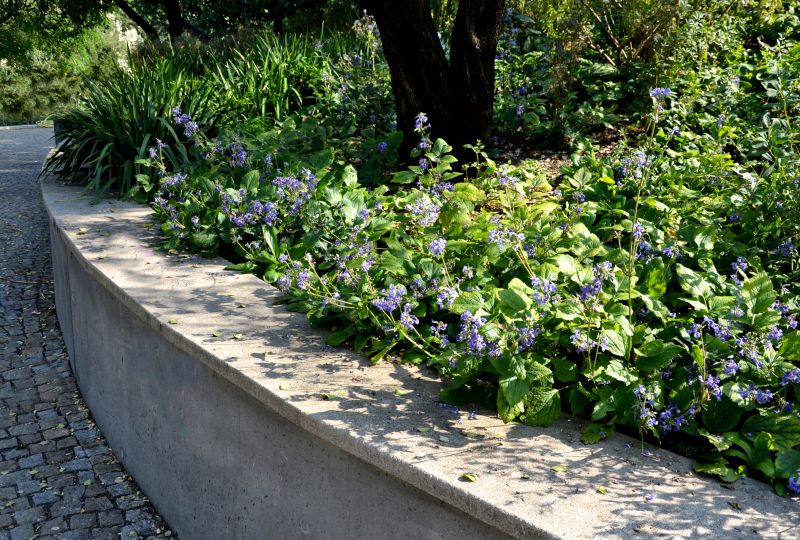
Finishes and colors that play nicely with Concrete Retaining Wallses.
Concrete retaining walls are structural elements designed to hold back soil and prevent erosion. They are widely used in landscaping, terracing, and slope stabilization projects. Proper timing for installation ensures optimal curing and longevity, minimizing issues related to temperature fluctuations and weather conditions.
Dry, moderate temperatures with low humidity are best for concrete curing and setting.
Installing during extreme cold or heat can compromise concrete strength and durability.
Spring and fall are generally preferred seasons for concrete work due to favorable weather.
Rain can delay curing and affect the integrity of the concrete if not properly protected.
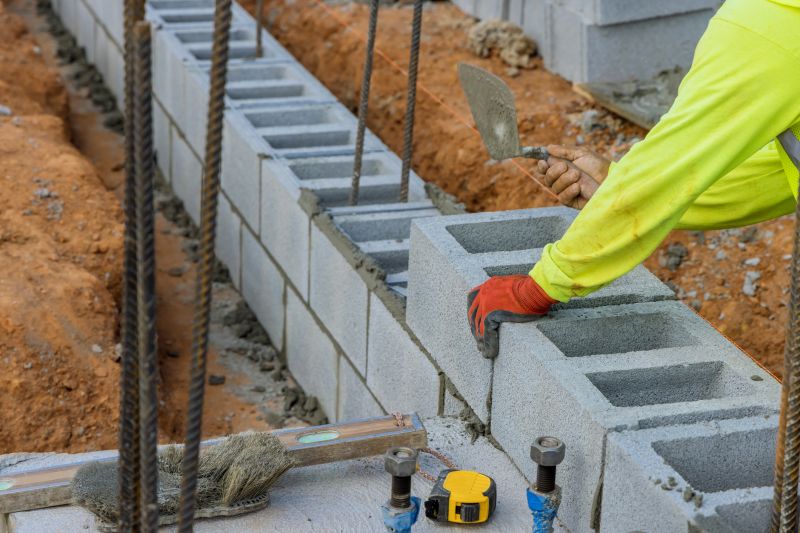
Workers pouring concrete with proper reinforcement in place.
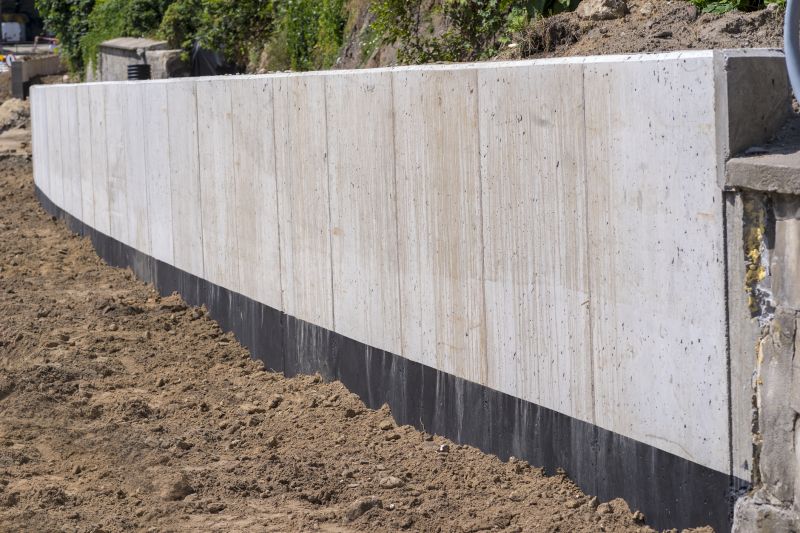
Concrete curing with covers to maintain moisture and temperature.

A stable, well-constructed concrete retaining wall in a landscaped setting.
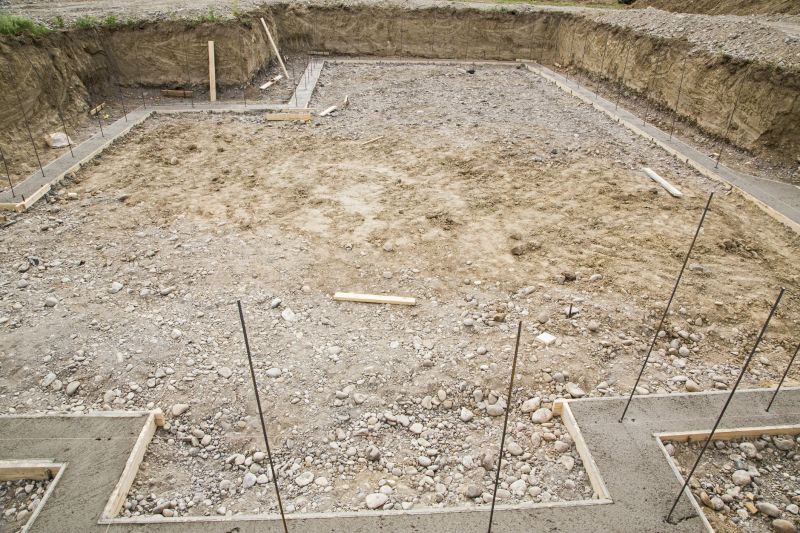
Site preparation before pouring concrete walls.
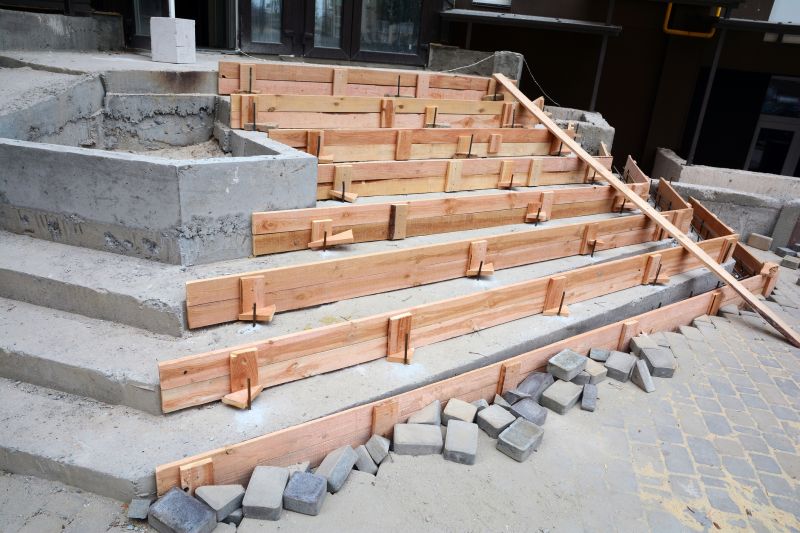
Formwork in place for shaping the concrete during pouring.
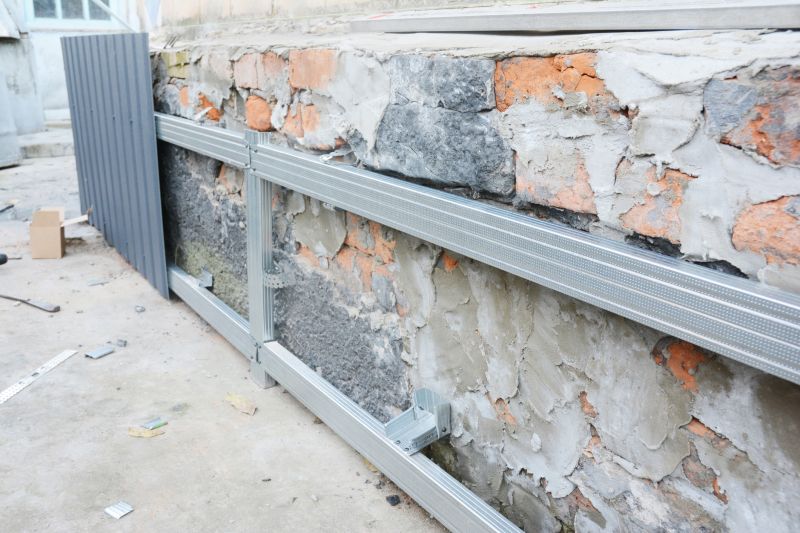
Steel reinforcement bars positioned before pouring concrete.
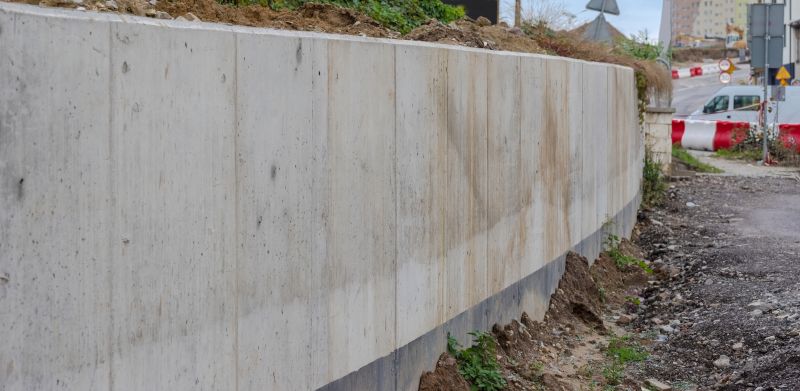
Mixing concrete with appropriate aggregates and additives.
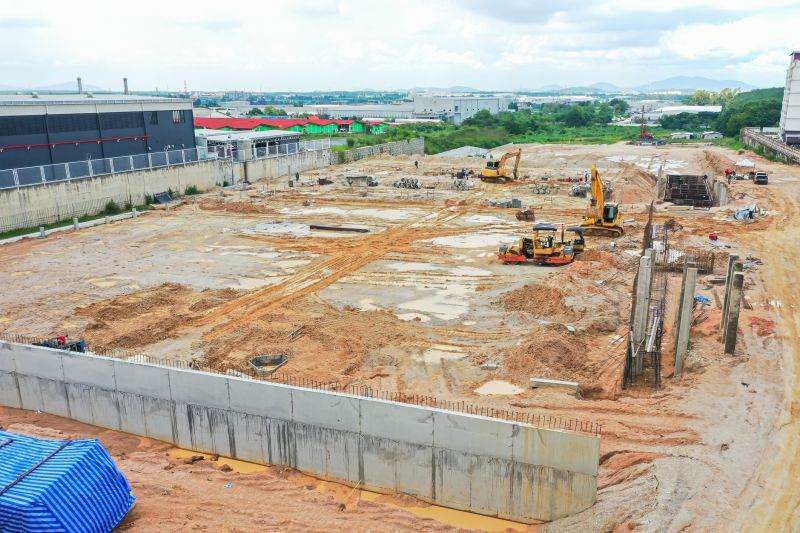
Heavy machinery used in the installation of concrete retaining walls.
| Season | Best Conditions |
|---|---|
| Spring | Moderate temperatures, low humidity, ideal for curing. |
| Summer | Suitable if temperatures are controlled, early summer preferred. |
| Fall | Cooler weather, stable conditions for curing. |
| Winter | Not recommended due to freezing temperatures and delays. |
| Rainy Season | Installation can be delayed or require protective measures. |
Choosing the right time for installing concrete retaining walls can impact their durability and performance. Proper weather conditions facilitate optimal curing, which is essential for the strength and longevity of the structure. Planning around seasonal variations and weather forecasts helps achieve the best results.
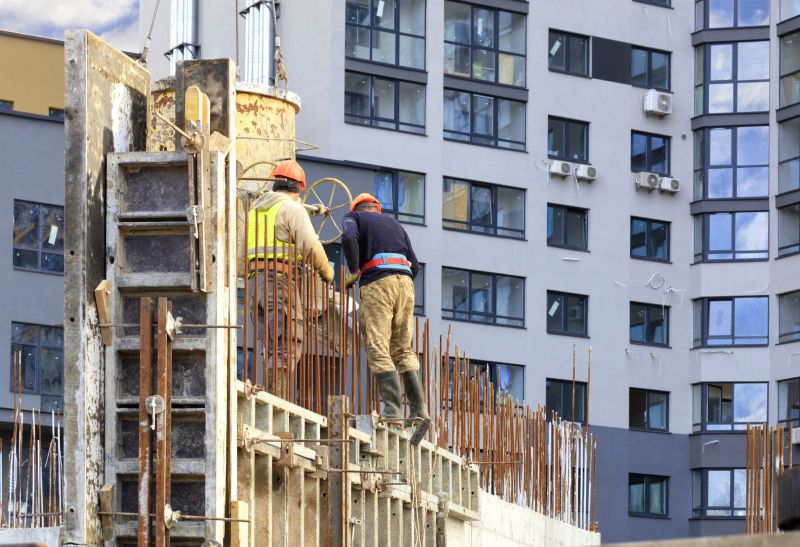
Concrete pouring during favorable spring weather.
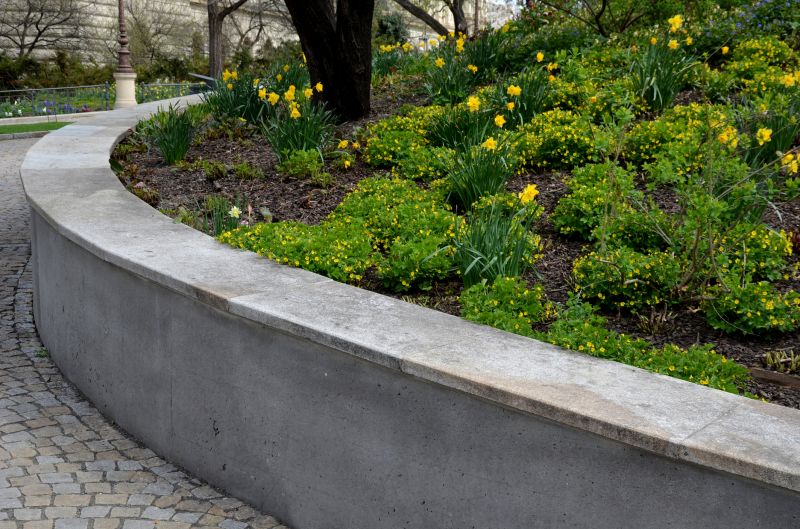
Use of curing blankets to maintain moisture in fall.

Concrete being poured with temperature controls in place.
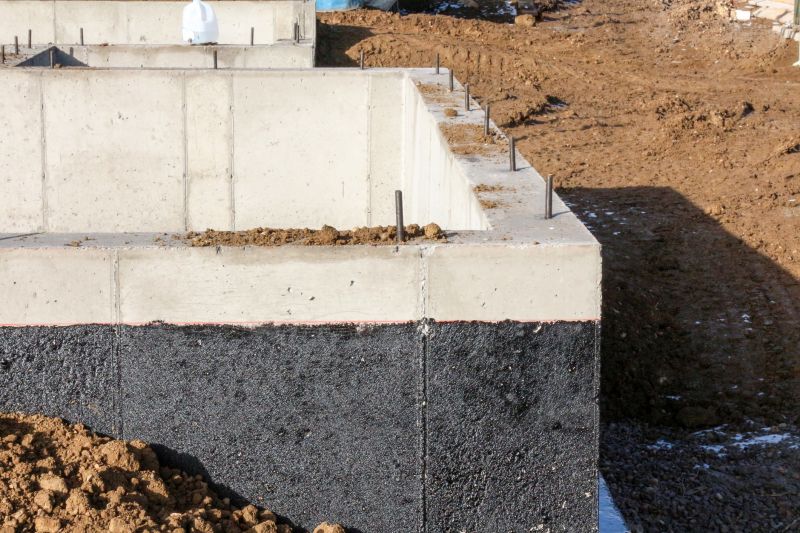
Site ready for concrete work in optimal weather conditions.
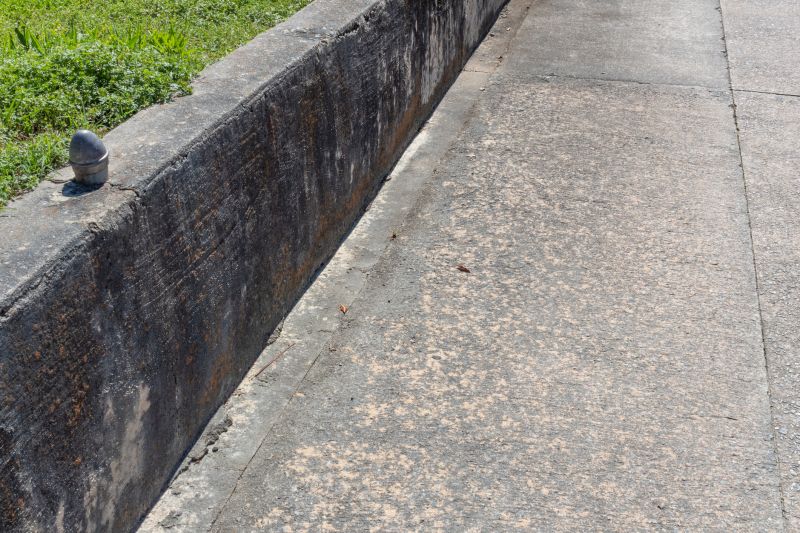
Little measurements that prevent headaches on Concrete Retaining Wallses day.
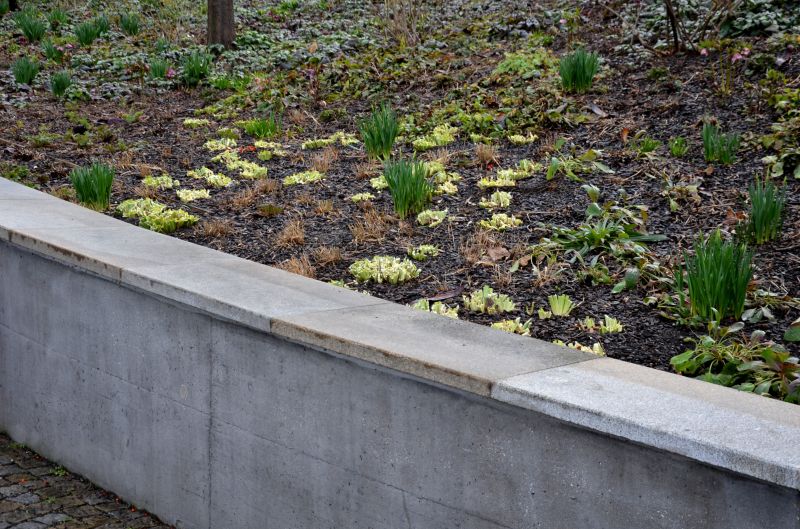
A 60-second routine that keeps Concrete Retaining Wallses looking new.
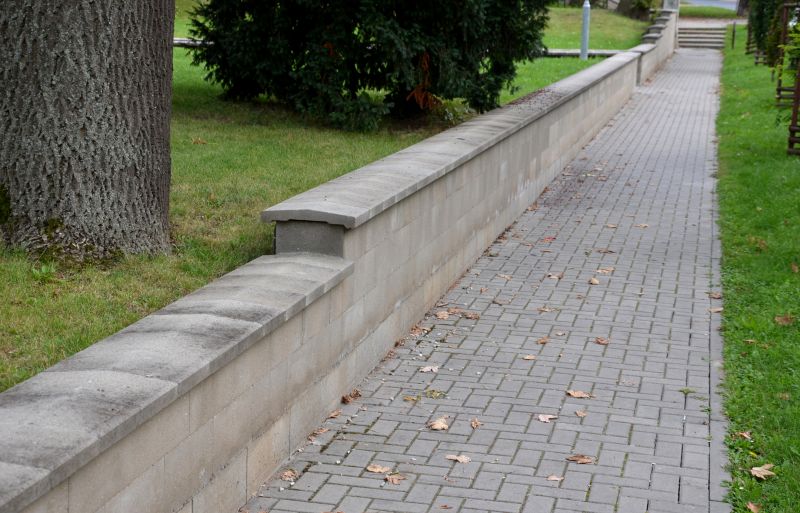
A frequent mistake in Concrete Retaining Wallses and how to dodge it.
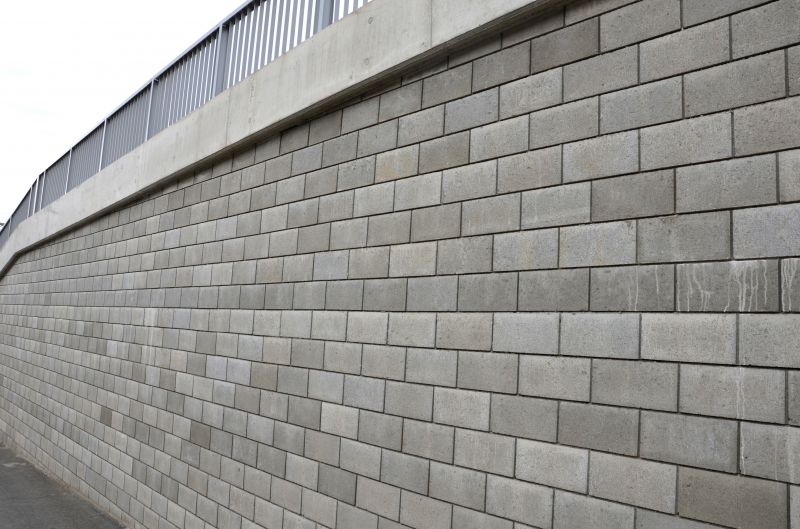
Small tweaks to make Concrete Retaining Wallses safer and easier to use.
Interested in installing a concrete retaining wall? Filling out the contact form can provide additional information and guidance tailored to specific project requirements.
